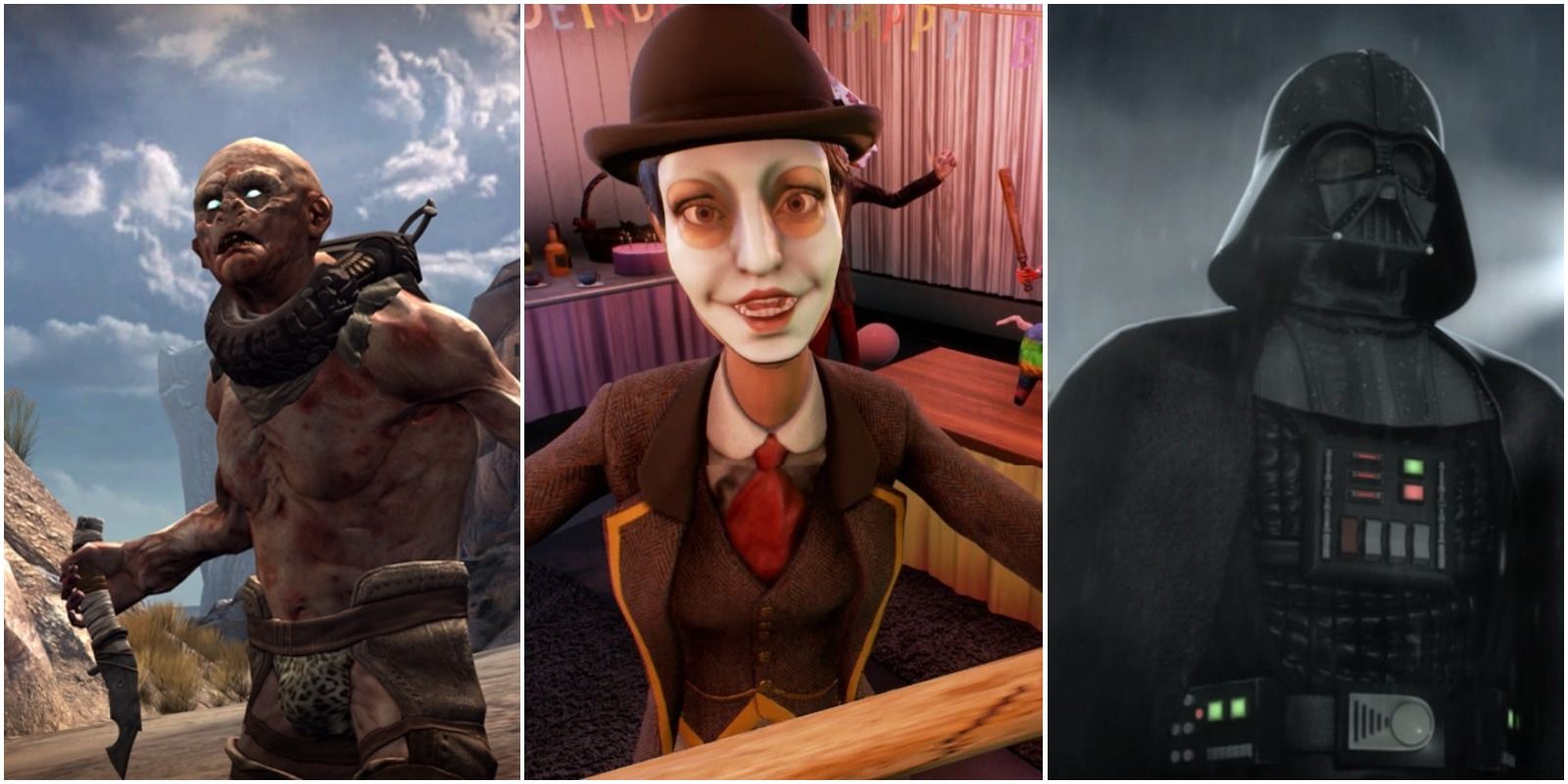
The start of a game has to be punchy and engaging in a way that draws players into the story as well as the gameplay. Many great games start off with a great first level or mission that sets the tone for the rest of the campaign. When a game follows up a great first section by building on its foundations, something truly special is created.
Sometimes, though, that fantastic first section fizzles out throughout the rest of the game, leaving the player to wonder what happened to the fun time they started out with. Still, many of those opening levels are worth revisiting, if only to savor what could have been.
10 The Order: 1886 Was Beautiful But Boring
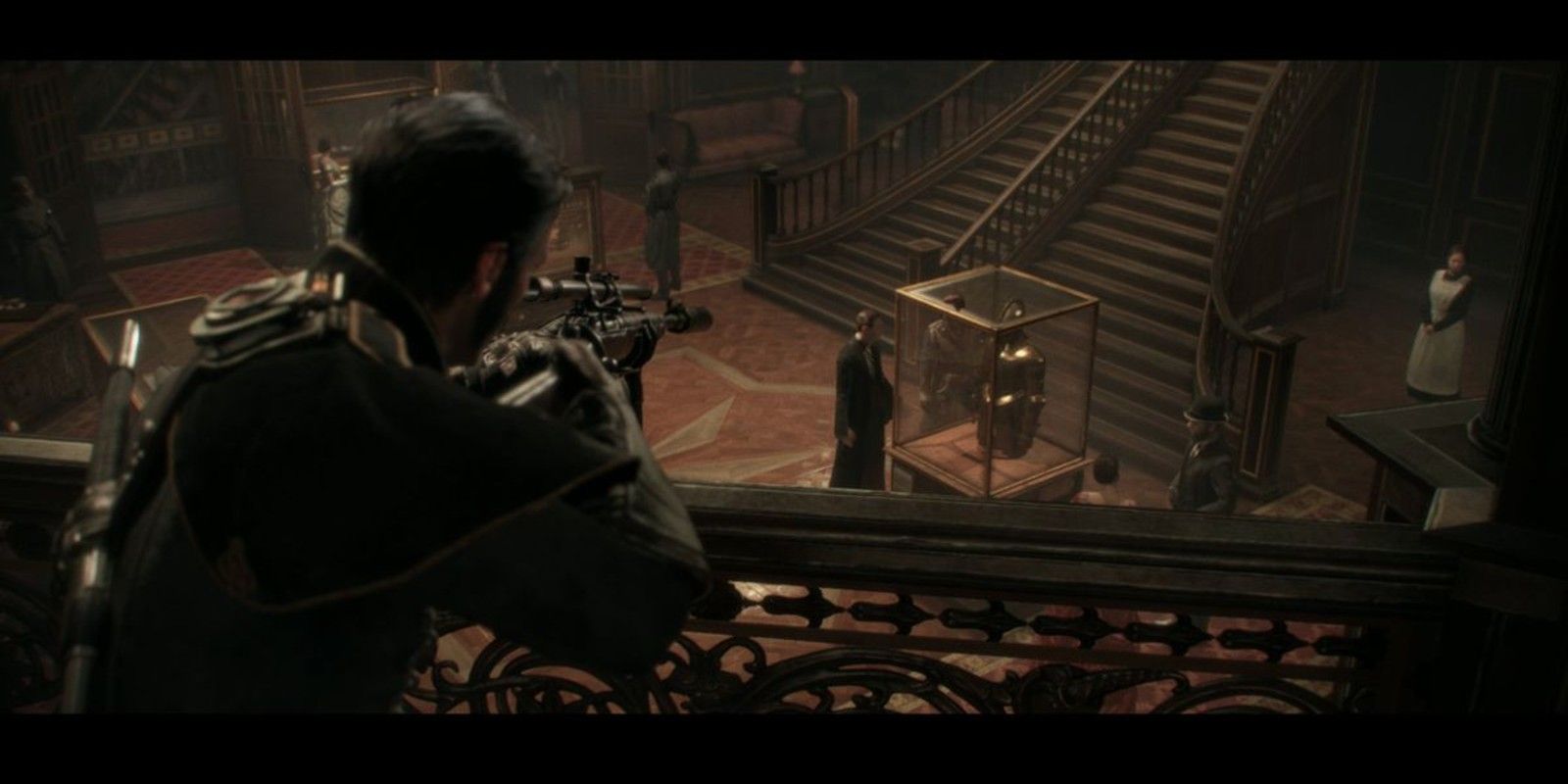
Steampunk London where The Knights of the Round Table battle to save the city from werewolves created an intriguing premise that absorbs the player into the world right from the start. The opening hour of The Order: 1886 rendered this fictional history in beautiful detail and was a standout in showcasing what the PS4 was capable of.
After the first section, however, the gameplay turned rote and dull as the cover-shooting mechanics and quick-time events were repetitive and forgettable. Still, it's worth playing those tense opening sections to experience the world.
9 Indigo Prophecy Wasted A Great Early Twist
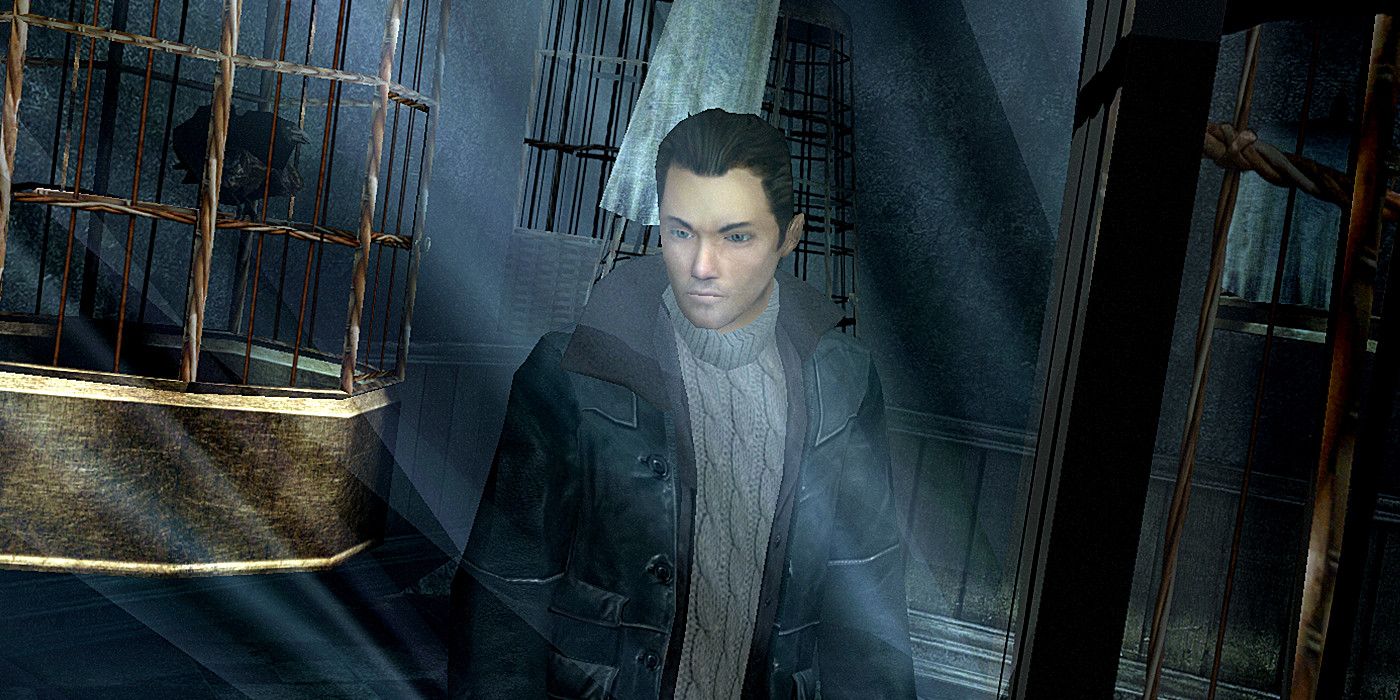
Any time a game flips the player into the villain in the opening hours, it sets up an immediately engaging twist. Indigo Prophecy opens the game with this premise, having the player commit murder in a restaurant restroom during the opening scene. The narrative is then flipped even further when the player realizes their character is possessed, which is what causes the violent outburst.
The game could not keep the intrigue afloat through poor graphics and a fizzling storyline that leaves the player unfulfilled. While Quantic Dream would later develop more engaging games, they fell short with this one.
8 Starting As Darth Vader Undercuts The Value Of Galen
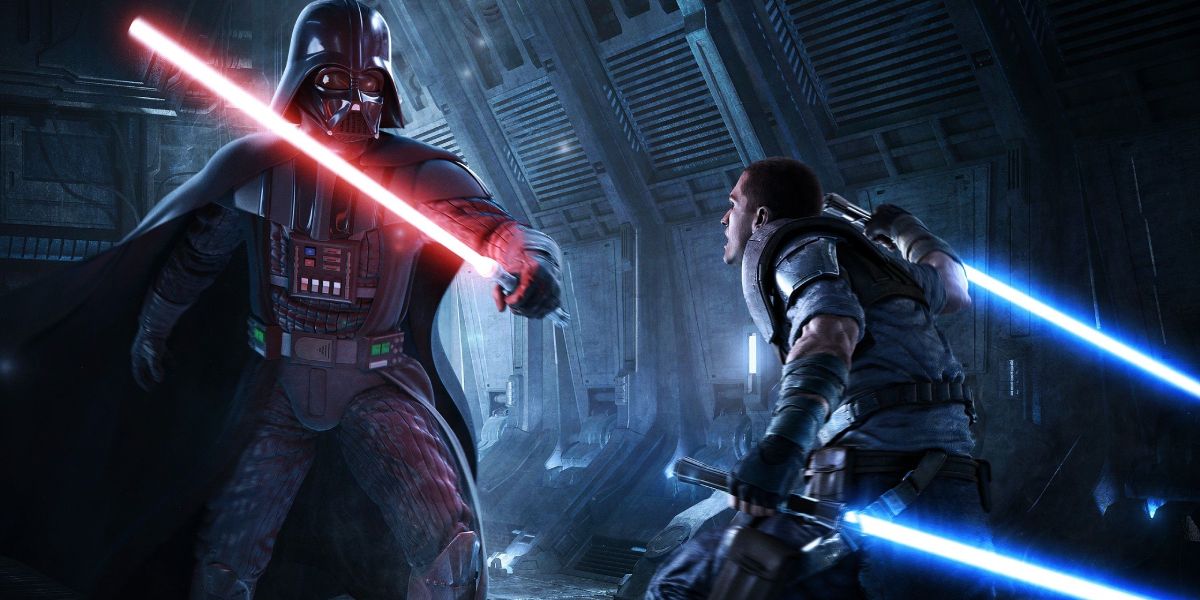
Speaking of playing the villain in opening hours, The Force Unleased puts players in the boots of one of the most influential villains of all time: Darth Vader. Storming a Wookie camp as the Sith Lord is empowering and frightening as the player knows they are effectively tracking down themselves. Vader's powers are on full display, mercilessly tearing through enemies using all forms of Sith Force powers.
After this bombastic opening, players take control of a young force-sensitive apprentice named Galen, who begins his own journey with the force, leaving the player feeling stripped of their recent power.
7 High Stakes Of A Tyrannical Society Aren't Interesting Without Smart AI
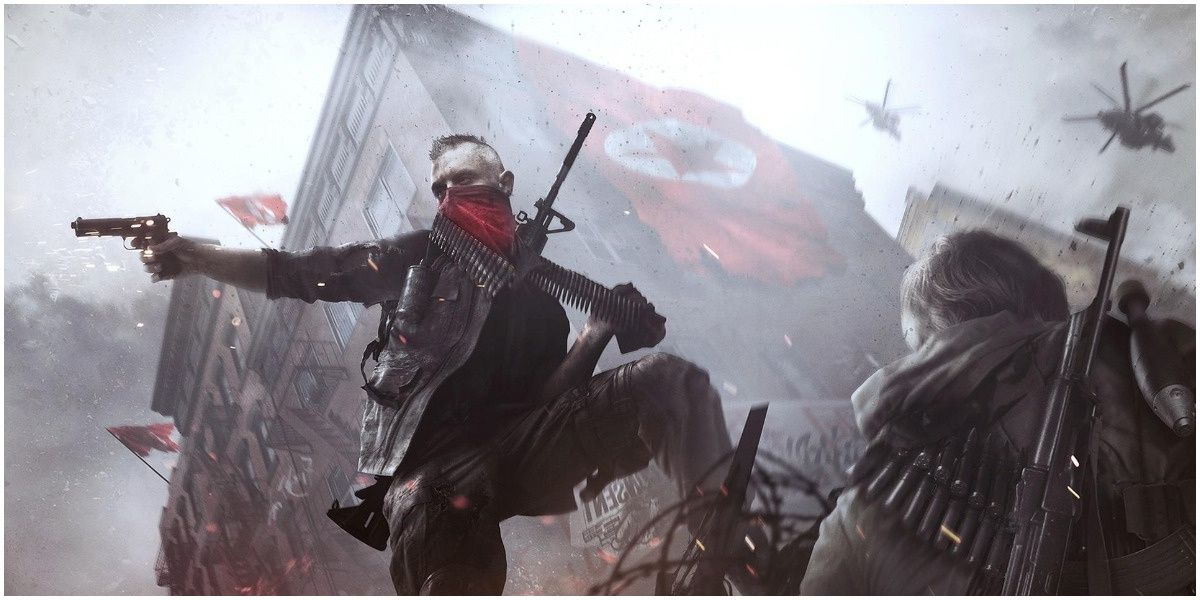
Establishing a game world where the situation feels dire and the community around the main character could collapse at any moment is important in a post-war, revolutionary game. Homefront: The Revolution achieves this by having the player's established group of resistance fighters be caught by the KPA early in the game. They then have to fight to find a new community, being attacked and tortured along the way.
While the game sets up a hopeless world where the player needs to fight tooth and nail to gain ground, it ultimately presents poor AI that the player is quickly able to exploit and tear through.
6 Dante's Inferno Can't Live Up To God Of War's Epic
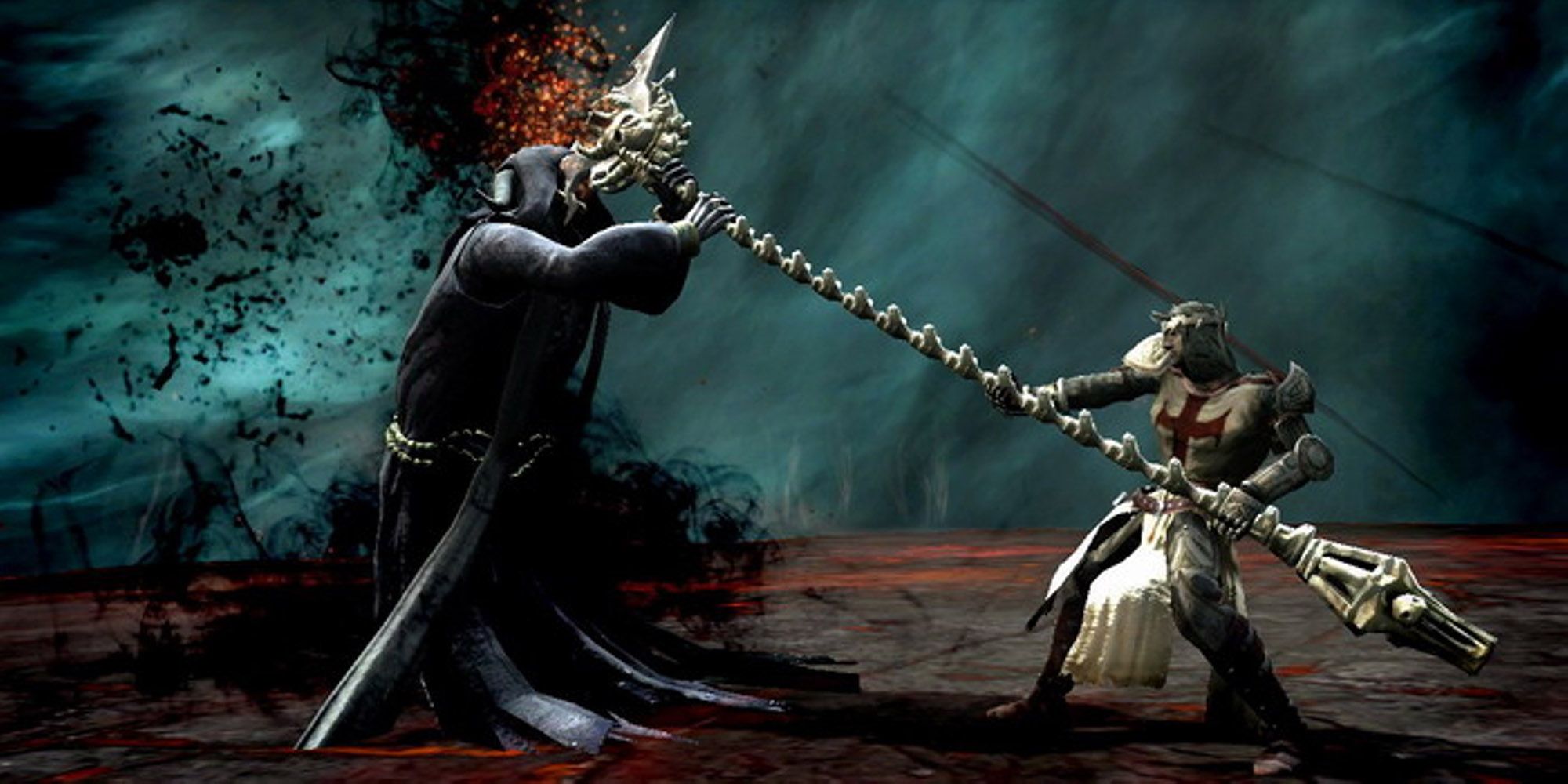
Wearing its God of War inspirations on its sleeve, Dante's Inferno mimics those games by starting with a grim storyline wherein the titular character fights and defeats death itself. He then vows to create his own crusade against Lucifer and dives into a crack in the earth to fight his way through the layers of hell. Based on a great epic, the introduction to the game promises to live up to the more modern interpretation of the term.
Dante's Inferno never quite captures the scale and grandeur of its inspiration due to its repetitive gameplay and poor story.
5 The World Is As Lifeless As Its Setting
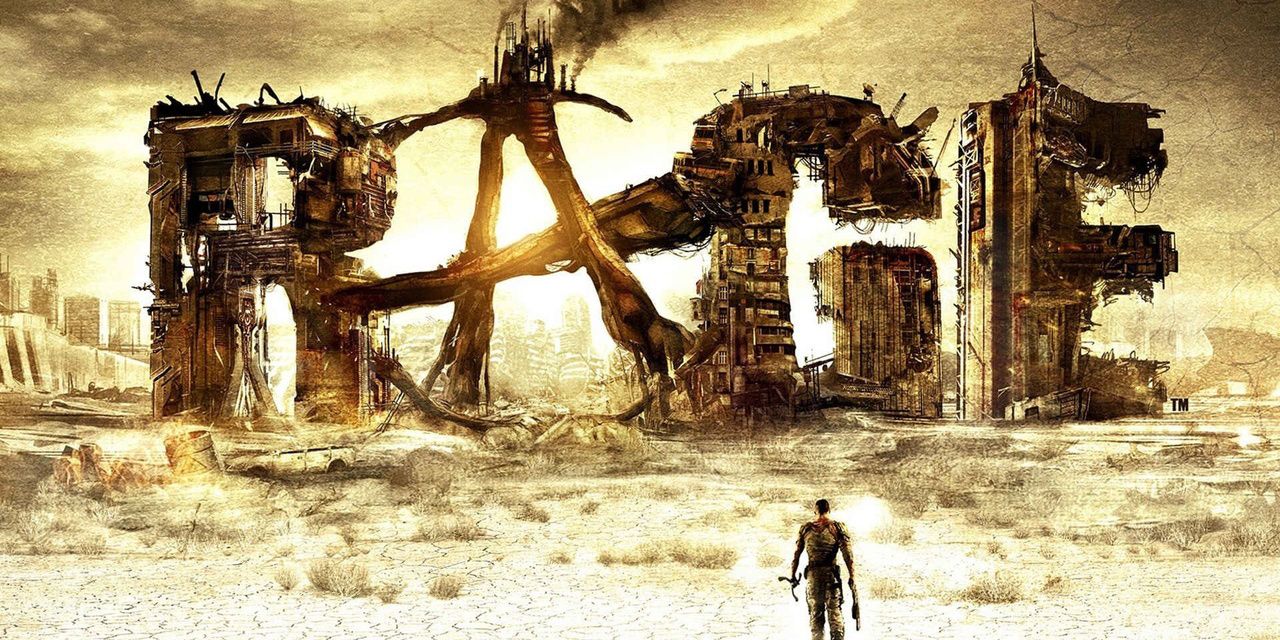
Bringing Id Software into the 7th generation, Rage established a Mad Max-like world where lawlessness ruled the land and the player should fear the mutated people that walked the surface. In the opening hour, the player is abruptly woken from cryo-sleep to this long-established wasteland, and fear of the unknown embeds itself into the main character as well as the player.
In the end, though, the game was as barren as its world. With a dull color palette and a lifeless overworld, Rage couldn't keep up with its concept.
4 60s Aesthetic Can't Save Dull Gameplay Loops
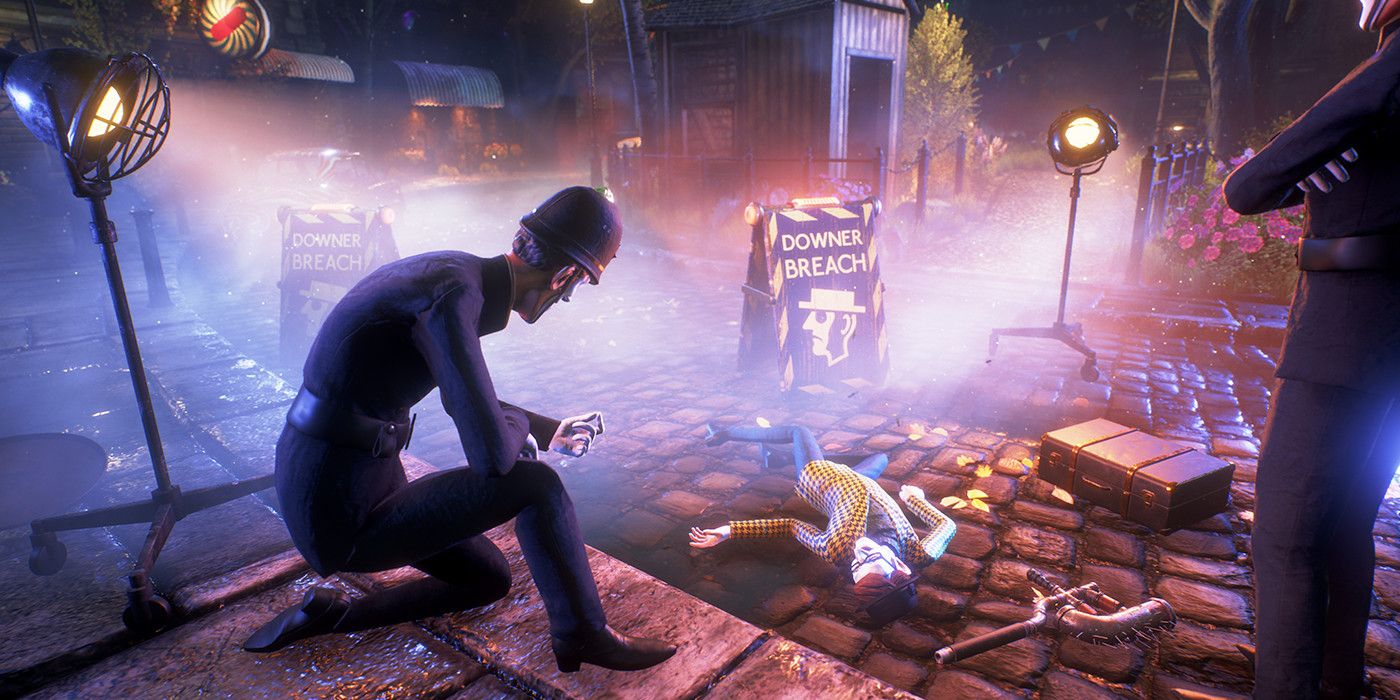
Coming to realize they need to escape an eerie society where aesthetics are stuck in the 60s and every citizen is force-fed a drug that makes them happy is an exciting premise rife with tension and paranoia. The main character in We Happy Few finds themselves on the run early on, with the opening hours taking place in a retro office where fun birthday decorations are juxtaposed with brutally violent imagery.
The linear opening hours are soon replaced by a survival game approach where the player must collect items during their run, slowing down the game to a crawl.
3 The Saboteur's Art Direction Is Worth More Than Its Gameplay
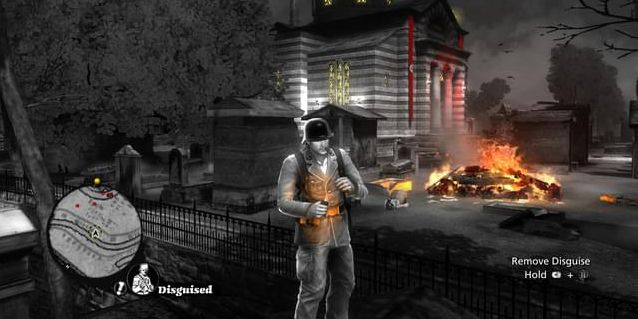
The moody black-and-white presentation of The Saboteur captures the themes of living within Nazi-occupied France in the 1940s. Starting the game with rendered in full color further highlights what it lost when France falls to the Axis power. Players are driven to restore their home to its vibrant history and are willing to fight the Nazis using whatever means to do so.
While the world of The Saboteur is beautiful and worth restoring, what fills it is monotonous, lifeless, and ripped from better games.
2 An Early Power Trip Makes The Grind To Get Them Back Frustrating
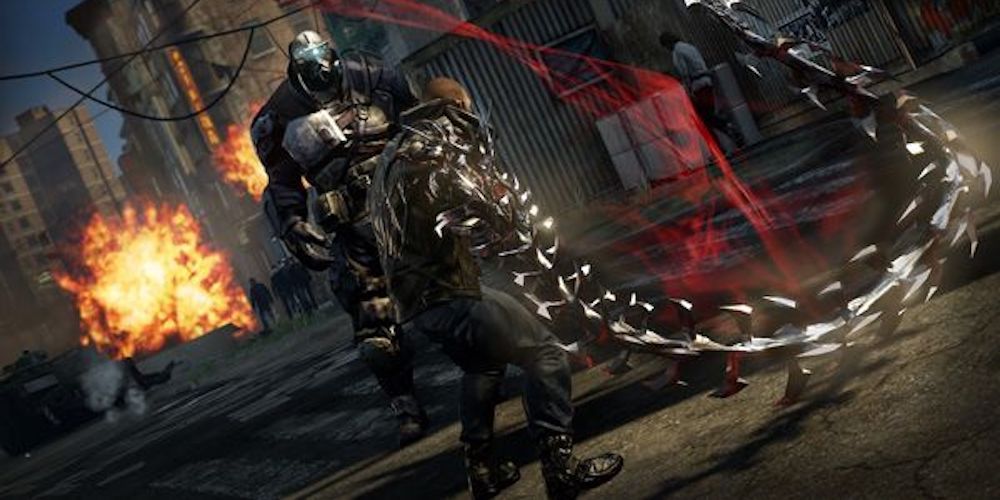
A solid power-filled opening often establishes what the player can expect by the time they reach the end game. Prototype opened with an action-packed, chaotic start where the player had incredible powers that allowed them to rip through the city on the way to their objective. Soaring above buildings, ripping apart tanks, and obliterating enemies let the player know they were in store for an intense experience.
Ultimately, once stripped of those powers after the opening levels, the game became a slog through the same mission types with frustrating and dull combat.
1 Spore's Evolution System Is As Tedious As The Real Thing

Promising to let players develop entire civilizations over the course of their campaign, Spore was supposed to bring the concept of evolution to life in a spectacular and granular fashion. From the start, players create the earliest single-cell version of what would become their creature species, and floated through the ocean, devouring other lifeforms and absorbing their abilities.
Once the species emerges from the ocean, though, Spore slows down to a crawl. Getting civilizations off the planet and into space is a test of patience where the reward is more monotony.
0 Comments